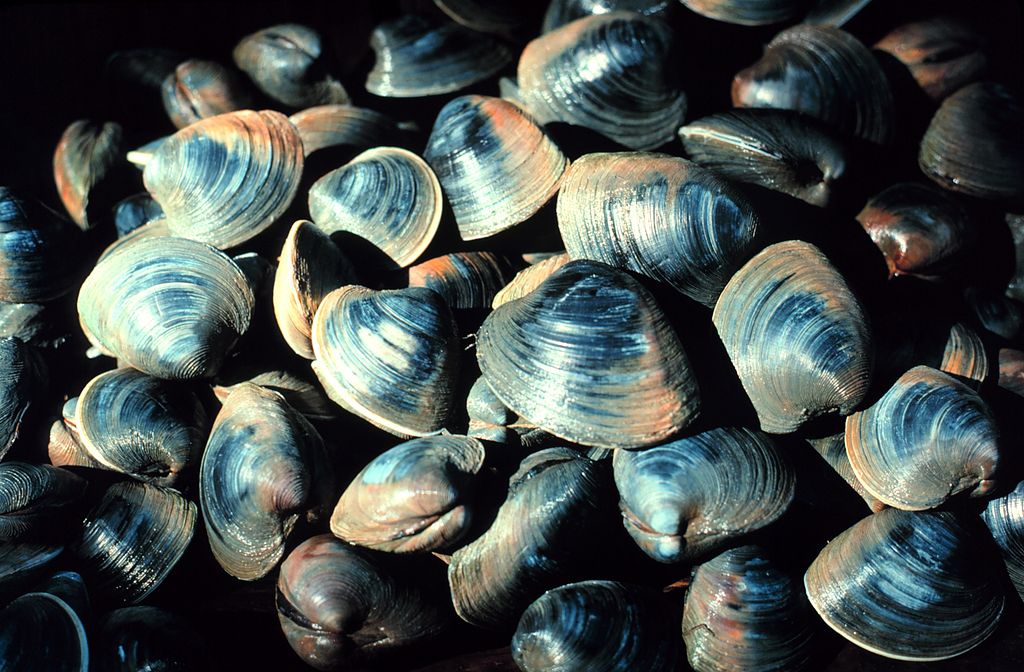The use of bivalves to remove unwanted nitrogen in aquatic systems is of increasing interest as some studies, most of which focus on oysters, have found an increase in microbial denitrification, which converts bioreactive (or bioavailable) nitrogen to inert nitrogen gas. Research published in the Marine Pollution Bulletin by Bowen Lab postdoctoral researcher Annie Murphy investigated and compared controls on denitrification in sediments at clam aquaculture sites on the eastern shore of Virginia and the Sacca di Goro, Italy.
Murphy and colleagues found that clam aquaculture did not affect denitrification, rather, other environmental conditions such as ambient nutrients (nitrate) and the presence of burrowing amphipods had a greater influence on nitrogen removal through denitrification. They did find that across sites, clams significantly increased benthic respiration and nitrogen recycling, which can influence oxygen and nitrogen availability. Large differences in nitrogen cycling rates were observed across the study sites, highlighting the challenge in generalizing across bivalve aquaculture systems.

